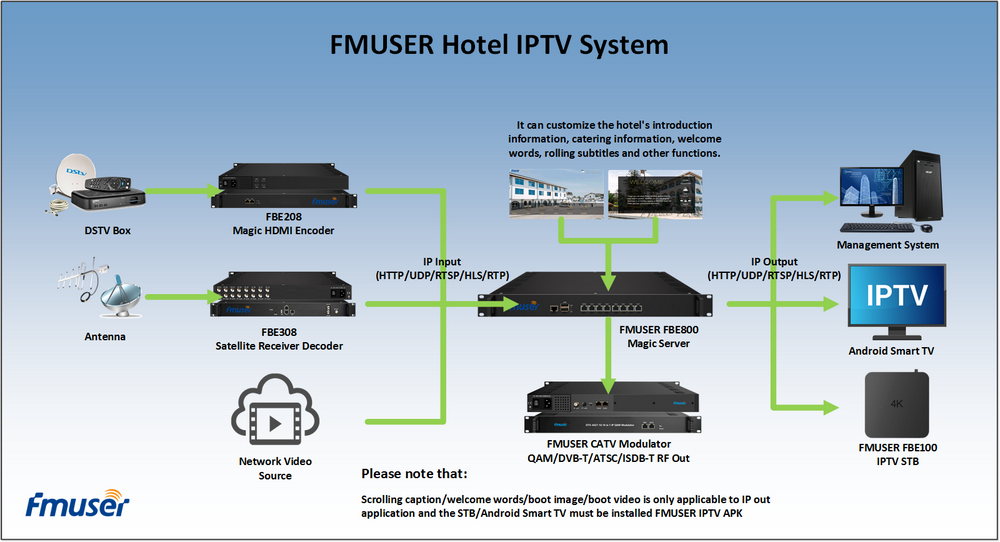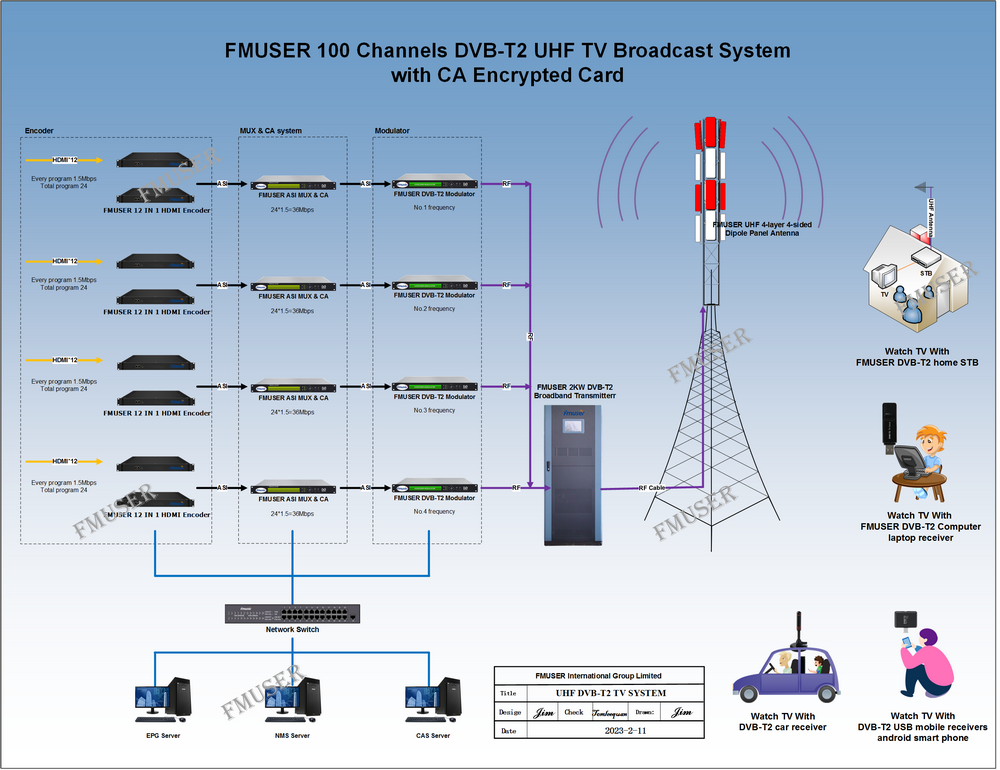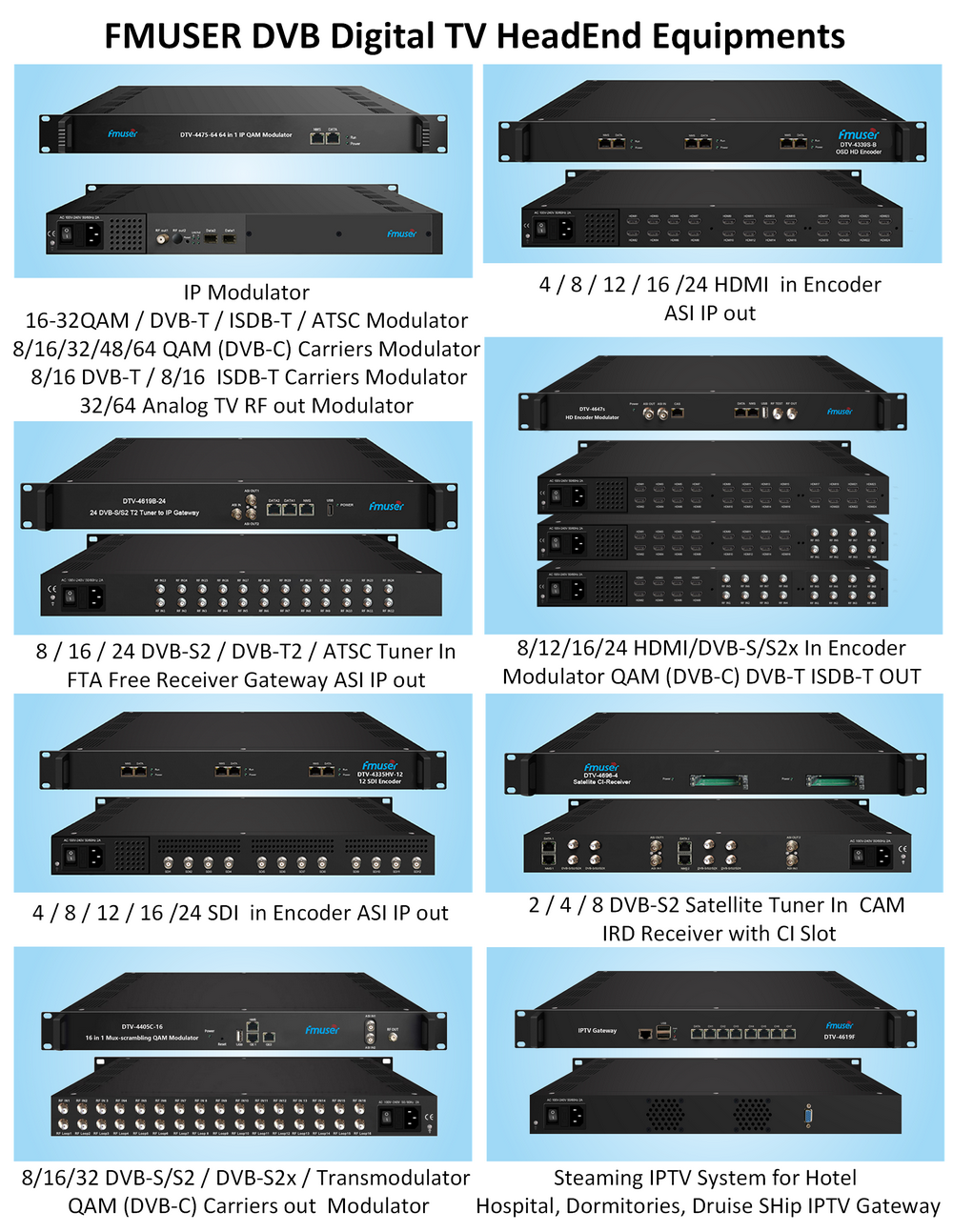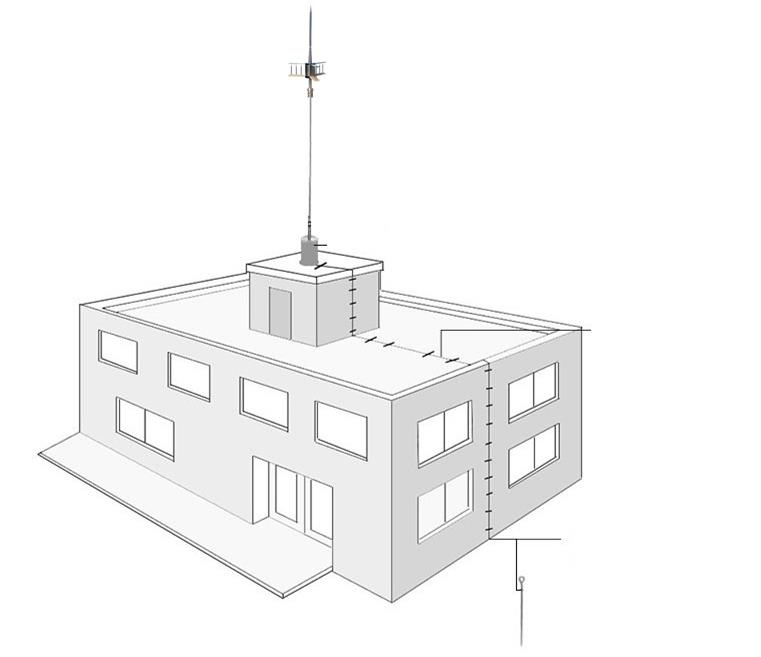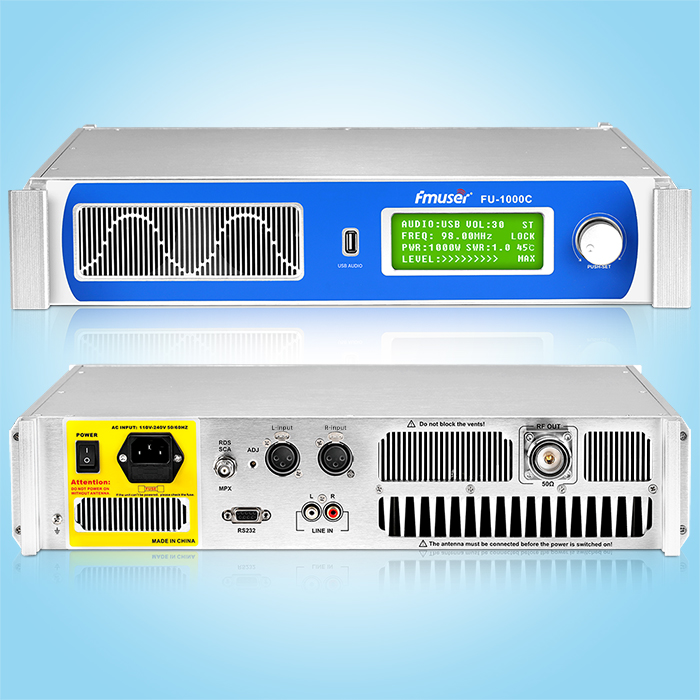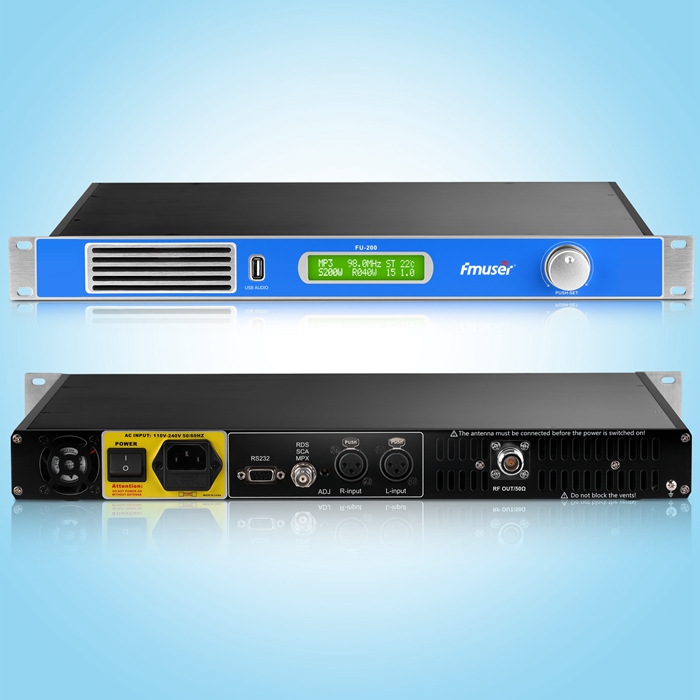Coil short circuit tester, Coil Tester
Keywords: coil short circuit test circuit diagram
Author: Wang Shaohua
The motor short-circuit tester introduced to the reader. Not only can you use to accurately test the motor, but a short circuit failure of the generator winding monolic. Can also be used to check whether the murine cage rotor cast aluminum strip has a break failure. And you can test the motor winding while tested. Avoid improper operation to form a short circuit, it is not possible to discover in time and stand up.
I. Introduction to Work Principle
The motor short circuit tester is not complicated. The transistors Q1, transformers T1 and C1, and the like constitute a transformer feedback oscillation circuit. A 2000 Hz audio signal is generated, and then the C2 is coupled to the transistor Q2 to enlarge. The amplified audio signal outputs from the Q2 collector. After the plug z1 is inserted into the socket J1, the audio current flows through the detecting transformer T2 winding L1. When detecting the electrical core of the transformer core contact to be tested, the main magnetic circuit of the transformer is detected by the motor core formation path (since the core of detecting the transformer is The horseshoe "U" shape, when the core of the detected transformer is not in contact with the motor core, the main magnetic circuit of the transformer can be detected as an open circuit). When the coil winding embedded in the motor core line (in the detection transformer core contacts the core of the motor wire groove to be tested into the coil, the motor core and the detection transformer core will constitute a whole. Coil embedded in the line slot It can be seen as another winding L3 that detects the transformer) is not shorted (ie, the K3 is in an open state). Then generate an audio signal induced voltage at both ends of the winding L2, and is sent to the transistor Q3 by the plug Z2 to perform voltage amplification. The amplified signal voltage is delivered to the push-pull power amplifier circuit composed of transformer Q4, Q5 via the transformer T3. The amplified signal voltage is coupled to the transformer T4 to the speaker Y vocal or by the pointer position of the current table (finger when the switch K2 is not closed). If the coil windings embedded in the motor core tank have occurred (i.e., if the K3 is in a closed state), the inductance of the transformer will be greatly reduced. The winding L2 will not produce an audio signal induced voltage or the generated audio signal induced voltage is low. The speaker will stop the vocal or volume (or the amplitude of the current table pointer position in the case where the switch K3 is not closed) is significantly reduced). When there is a breaking failure of the motor murine cage rotor cast aluminum strip, it is also the same as the rotor core of the detected transformer core. At this time, the motor is turned to the core of the core to form a whole, rotor core The embedded murine cage aluminum strip will also be regarded as the winding L3 in the transformer. If the murine cage aluminum strip in the iron heart is not broken, it is equivalent to the L3 short circuit (i.e., K3 is in a closed state), and it is obvious that the speaker will stop the sound or volume. Conversely, if the murine cage aluminum strip embedded in the iron heart is broken, it is equivalent to the L3 opening. The speaker has a large amount of sound (refers to the murine cage aluminum strip in the core is not broken.
Be
Be
Second, the production and commissioning instructions
R6 and C3 in the circuit form a positive feedback circuit. Its action is to feed back the micro audio signal voltage in the winding L2 in the transformer to the Q2 base for reproduction, and the value of the value of R6 can adjust the detection sensitivity of the tester. The RP1 in the figure is the oscillator operating current to adjust the variable resistance. After the circuit is completed, the transformer core is detected to contact some other transformer core to turn the main magnetic circuit. Then adjust the RP1, so that the oscillator is oscillator (Q1 normal operating current is 0.4 to 0.6 mA). If the component is normal, the installation is correct, and the working point of the transistor is appropriate. You should be able to hear the audio sound emitted by the speaker. Changing the C1 capacity or the primary winding L1 turns of the oscillating transformer T1 can change the oscillation frequency (ie, change the tone of the speaker to emit sound). The RP2 in the figure sets the magnifying resistance to the magnifying resistance to change the detection sensitivity of the tester to modulate the detection sensitivity of the tester. After the circuit is completed. Adjust RP2. When the detecting transformer core contacts the core of the motor wire groove embedded into the coil (can be short-circuited to the coil), the speaker is just a sharp decrease in the sound or volume. The RP3 in the figure is a push tube Q3 operating current to adjust the variable resistor, and change its resistance to make the Q3 collector operating current of 2 mA to 3mA (actually there is also a role of adjusting the test sensitivity). The RP4 in the figure regulates the variable resistance of the active amplifier static work point current. Changing its resistance to make the static operating current of 2 mA to 4 mA (can be monitored in parallel on the K2 on both ends of K2 when K2 is turned off). After the working current at all levels of the tester is determined, RP1 to RP4 can be replaced with a fixed resistor to prevent a long-term variable resistance deterioration (value) affect the tester. The oscillation transformer T1 can be used as a skeleton in a 10k medium-wide "worker", L1, from φ = 0.07mm high-strength paint wiring, L2 with φ = 0.07mm high-strength paint wiring around 6, pay attention to the two windings on the contrary. Detecting the transformer T2 with a "U" iron core with a 100VA transformer (if used to detect a small motor, the T2 core can be determined according to the actual situation.), The iron core area 2x3cm2. L1 with φ = 0.21mm high-strength enameled wire by 100, L2 with φ = 0.21 mm high strength paint wiring wire around 200. Pushing the transformer T3 can be used for small input transformers for the transistors produced by the previous 1980s, and the first-level turns ratio is 2: 1, to be homemade. The "E" type core, the iron core is 5 x 5mm. The primary L1 has a high strength enameled wire with φ = 0.1mm high strength enamel, secondary L2 with φ = 0.07mm high-strength paint wiring wrap around 50 turns, and taps R9 at 25. Output transformer T4 is also a small output transformer with transistor radiograph in the 1980s. The initial number of turns ratio is 8: 1. To be self-made, the same core of the input transformer is used in the same core, the primary L1 with φ = 0.1mm high-strength paint wrap cable, tapped in 100 turns to pick up K3, the secondary L2 with φ = 0.1mm high-strength enameled wire by 25 The speaker can use φ = 65mn / 0.25W / 8Ω, permanent magnet speaker. Transistors Q1 ~ Q5 are all used in the transistor radio machine produced in the 1980s, of which Q1 is 3AG11. Requires β>100, Q2 ~ Q5, 3AX31A / B, requiring β>50. If there is no such tube in the hand, it is also possible to use a common silicon tube. Q1 uses S9015. Requires β>100, Q2, Q3 to use S9012, requiring β>80, Q4 to use S8550, requiring β>50, and the remaining elements see the reference numerals. Switches K1, K2 are small torsional switches, plugs, and sockets are commonly used in small 耳 耳 寨 2.5mm plugs and sockets. The current table can be used with a range of 100mA / 91L16-type plastic case current table. If there is no need to display the current table, it is also not available. Since the tester is not used frequently, the volume volume is reduced. Therefore, the power supply uses a 4-section 5 # alkaline battery. The entire tester circuit component can be mounted on a printed plate of 85x40mm2. Then the board is loaded into a plastic case of 90x45x30mm3. All of the sockets J1, J2, Switches K1, K2, and speakers are mounted on the upper cover, and the loudspeople are located in the cover plate to apply φ = 2.5mm drill bit diamonds several uniformly distributed small holes. The small hole area should be comparable to the speaker paper basin area. The detector is connected to the main board with the main board by plug Z1, Z2, socket J1, J2. The plug Z1, Z2 lead is preferably used with a metal shielded two-core cord, with a length of more than 1.5 meters. When using the plug z1, z2 into the socket J1, J2 jack, and the power switch is placed in the "open" position, it can be detected. After the test is completed. Unplug the call Z1, Z2. Place the power switch in the "Off" location.
Our other product:


